Home>Gardening & Outdoor>Landscaping Ideas>What Causes Brown Spots In My Grass
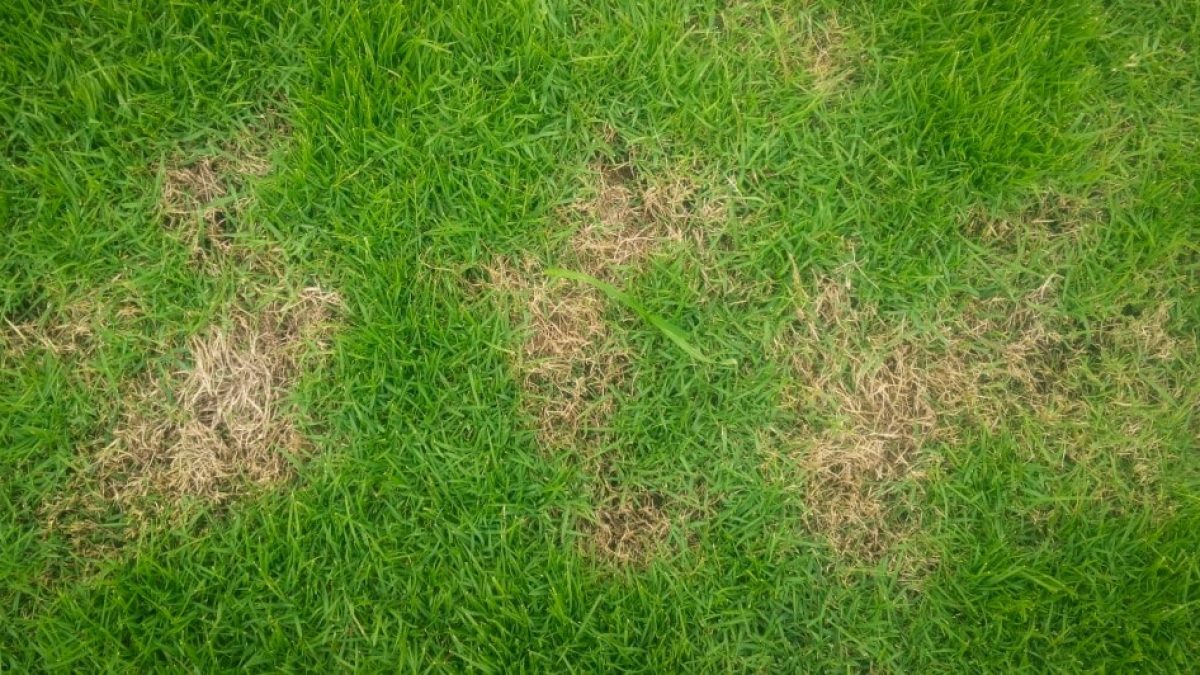

Landscaping Ideas
What Causes Brown Spots In My Grass
Published: January 26, 2024
Discover the top landscaping ideas to combat brown spots in your grass. Learn about the common causes and effective solutions for a lush, green lawn.
(Many of the links in this article redirect to a specific reviewed product. Your purchase of these products through affiliate links helps to generate commission for Storables.com, at no extra cost. Learn more)
Introduction
Introduction
Having a lush, green lawn is the pride of any homeowner. However, the emergence of unsightly brown spots can be a cause for concern. Brown spots not only detract from the aesthetic appeal of your yard but also indicate underlying issues that need to be addressed. Understanding the causes of brown spots in your grass is crucial in effectively restoring your lawn to its former vibrancy.
In this comprehensive guide, we will delve into the various factors that can lead to the development of brown spots in your grass. By gaining insight into these causes, you will be better equipped to identify and address the specific issues affecting your lawn. Whether it’s environmental factors, lawn diseases, insect infestations, pet urine, or improper mowing and watering practices, each factor plays a distinct role in the health of your grass.
By exploring these factors in detail, you will be empowered to take proactive measures to prevent and mitigate the occurrence of brown spots, ultimately nurturing a resilient and verdant lawn that you can take pride in.
Understanding the Causes of Brown Spots
Key Takeaways:
- Brown spots in your grass can be caused by environmental factors, lawn diseases, insect infestations, pet urine, and improper mowing and watering practices. Understanding these causes can help you restore your lawn’s health.
- Environmental factors like sunlight exposure, soil quality, and climate conditions play a big role in the health of your grass. Identifying and addressing these factors, along with implementing targeted treatments, can help you prevent and mitigate brown spots.
Read more: What Causes Brown Spots In Bermuda Grass
Understanding the Causes of Brown Spots
Before diving into the specific causes of brown spots in your grass, it’s important to recognize that a healthy lawn is the result of a delicate balance between various environmental factors, maintenance practices, and potential threats such as diseases and pests. When this balance is disrupted, brown spots can emerge as a visible indicator of an underlying issue.
Identifying the specific cause of brown spots in your lawn requires a keen understanding of the potential factors at play. It’s essential to consider environmental conditions, such as sunlight exposure, soil quality, and climate, as well as the impact of lawn diseases, insect infestations, pet urine, and maintenance practices.
By gaining insight into these causes, you can develop a targeted approach to address the root of the problem, thereby promoting the overall health and vitality of your grass. Let’s explore each of these factors in detail to unravel the mystery behind the brown spots that have encroached upon your once-lush lawn.
Environmental Factors
Environmental factors play a significant role in the development of brown spots in your grass. Sunlight exposure, soil quality, and climate conditions all contribute to the overall health of your lawn. Understanding how these factors impact your grass is crucial in identifying and addressing the specific environmental issues that may be causing brown spots to appear.
Sunlight Exposure: Insufficient or excessive sunlight can lead to brown spots in your lawn. Areas that receive inadequate sunlight may develop brown patches due to a lack of photosynthesis, while excessive direct sunlight can scorch the grass, causing it to turn brown and dry out.
Soil Quality: The quality of your soil directly affects the health of your grass. Compacted soil, poor drainage, or imbalanced pH levels can create an inhospitable environment for grass to thrive, resulting in brown spots and patchy areas throughout your lawn.
Climate Conditions: Weather patterns, including drought, excessive rainfall, or extreme temperatures, can stress your grass and contribute to the development of brown spots. Prolonged periods of drought can cause the grass to enter a dormant state, turning it brown and brittle, while excessive moisture can lead to fungal diseases that manifest as brown patches.
By carefully assessing the specific environmental conditions in your lawn, you can take targeted measures to address these factors and create a more conducive environment for healthy grass growth. Whether it involves adjusting watering schedules, aerating compacted soil, or selecting grass varieties suited to your climate, proactive steps can mitigate the impact of environmental factors on the appearance of brown spots in your lawn.
Lawn Diseases
One of the primary culprits behind the development of brown spots in your grass is the presence of lawn diseases. These diseases can manifest in various forms, each with distinct symptoms that result in the browning and deterioration of your lawn. Understanding the common lawn diseases that can afflict your grass is essential in effectively diagnosing and treating the underlying issues.
Fungal Diseases: Fungal infections, such as brown patch, dollar spot, and snow mold, can cause brown spots to appear in your lawn. These diseases thrive in humid conditions and often manifest as circular patches of discolored or dead grass. Brown patch, for example, presents as irregular brown patches surrounded by a dark ring, while snow mold appears as white or pinkish patches that turn brown as the grass dies.
Bacterial Diseases: Bacterial infections, such as bacterial blight and bacterial wilt, can also lead to the development of brown spots in your grass. These diseases often cause the affected areas to turn brown, wilt, and die off, resulting in unsightly patches throughout your lawn.
Viral Diseases: While less common, viral diseases can impact the health of your grass, leading to symptoms such as yellowing and browning of the affected areas. Viral infections can weaken the grass, making it more susceptible to environmental stressors and further damage.
Identifying the specific symptoms associated with these diseases, such as discoloration, wilting, and the presence of fungal growth, is crucial in determining the appropriate course of action. Implementing cultural practices, such as proper watering, aeration, and overseeding, as well as targeted treatments, including fungicides and disease-resistant grass varieties, can help mitigate the impact of lawn diseases and prevent the spread of brown spots in your lawn.
Brown spots in grass can be caused by various factors such as overwatering, underwatering, fungal diseases, pet urine, or compacted soil. To prevent brown spots, ensure proper watering, aerate the soil, and treat any fungal infections promptly.
Insect Infestations
Another potential cause of brown spots in your grass is the presence of insect infestations. Various pests can wreak havoc on your lawn, leading to discoloration, thinning, and the development of brown patches. Understanding the types of insects that can infest your grass and the symptoms they cause is vital in implementing targeted pest management strategies to protect the health of your lawn.
Grubs: The larvae of beetles, known as grubs, can feed on the roots of your grass, causing it to turn brown and die off in irregular patches. Signs of a grub infestation include wilting, yellowing, and the presence of damaged or severed roots when the affected areas are inspected.
Chinch Bugs: These tiny insects can cause extensive damage to your lawn by piercing the grass blades and sucking out the plant juices. As a result, the affected areas may turn yellow, then brown, and eventually die off, leading to the formation of brown spots throughout the infested areas.
Sod Webworms: The larvae of sod webworm moths can feed on the grass blades, causing them to turn brown and thin out. These pests often leave behind silk webbing and chewed grass, indicating their presence and the damage they have caused.
Recognizing the signs of insect infestations, such as visible pests, chewed grass blades, and changes in the color and texture of the affected areas, is crucial in implementing targeted pest control measures. This may involve the application of insecticidal treatments, the promotion of natural predators, and the implementation of cultural practices that strengthen the resilience of your grass against pest damage.
Read more: What Causes Brown Spots On Lawns
Pet Urine
While our furry companions bring joy and companionship, their urine can have a detrimental impact on the appearance of your lawn. Pet urine contains concentrated nitrogen and salts that can result in brown spots and discoloration, particularly when pets frequently urinate in the same areas. Understanding the effects of pet urine on your grass and implementing measures to mitigate its impact is essential in preserving the health and vibrancy of your lawn.
Nitrogen Content: The high nitrogen content in pet urine can act as a concentrated fertilizer, causing an overabundance of nutrients in localized areas. This excessive nitrogen can “burn” the grass, leading to brown spots and patches where the urine has been deposited.
Salts and pH Imbalance: In addition to nitrogen, pet urine contains salts and can create an imbalanced pH level in the soil, further contributing to the development of brown spots. The salts can draw moisture away from the grass, leading to dehydration and browning of the affected areas.
Addressing the impact of pet urine on your lawn involves implementing proactive measures to dilute and disperse the concentrated urine to minimize its impact. This can be achieved by encouraging pets to drink more water, diluting urine spots with water immediately after urination, and training pets to urinate in designated areas away from the main lawn. Additionally, promoting healthy soil and grass growth through proper watering, aeration, and overseeding can help mitigate the visible effects of pet urine on your lawn.
Improper Mowing and Watering Practices
The way you mow and water your lawn can significantly impact its health and appearance. Improper mowing techniques and inadequate watering practices can contribute to the development of brown spots and compromise the overall vitality of your grass. Understanding the repercussions of these maintenance practices and implementing corrective measures is essential in nurturing a lush and vibrant lawn.
Improper Mowing: Mowing your grass too short, known as “scalping,” can stress the turf and lead to brown spots. When the grass blades are cut too aggressively, it weakens the plants and makes them more susceptible to damage from environmental stressors, resulting in browning and patchy areas throughout the lawn.
Overwatering or Underwatering: Inconsistent or inadequate watering can also contribute to the development of brown spots in your grass. Overwatering can lead to waterlogged soil, suffocating the roots and promoting fungal diseases, while underwatering can cause the grass to enter a dormant state, turning it brown and brittle.
Watering at the Wrong Time: Watering your lawn during the hottest part of the day can result in water evaporation and ineffective absorption by the grass, leading to brown spots and uneven moisture distribution. Additionally, watering in the evening can create a conducive environment for fungal diseases to thrive, further contributing to the development of brown patches.
Implementing proper mowing and watering practices is crucial in maintaining the health and visual appeal of your lawn. This includes mowing at the appropriate height for your grass type, ensuring the mower blades are sharp to prevent tearing the grass, and adhering to a consistent watering schedule that promotes deep root growth and even moisture distribution. By addressing these maintenance practices, you can minimize the occurrence of brown spots and foster a resilient and verdant lawn.
Conclusion
Understanding the causes of brown spots in your grass is the first step toward nurturing a healthy and vibrant lawn. By delving into the various factors that can lead to the development of brown spots, you can take proactive measures to address and mitigate these issues, ultimately restoring the lush green expanse that enhances your outdoor space.
Environmental factors, such as sunlight exposure, soil quality, and climate conditions, play a pivotal role in the overall health of your lawn. By carefully assessing these factors and implementing targeted measures, such as adjusting watering schedules and selecting suitable grass varieties, you can create a more conducive environment for healthy grass growth, reducing the likelihood of brown spots.
Lawn diseases and insect infestations pose significant threats to the well-being of your grass, often resulting in the formation of brown spots and patches. Identifying the symptoms associated with these issues and implementing appropriate treatments and pest management strategies is essential in safeguarding the vitality of your lawn and preventing the spread of brown spots.
Additionally, the impact of pet urine and improper mowing and watering practices should not be overlooked. Diligently addressing the effects of pet urine through proactive measures and promoting healthy maintenance practices can minimize the visible impact of these factors, contributing to a more resilient and visually appealing lawn.
By integrating these insights into your lawn care routine, you can create an environment that fosters the flourishing of your grass, minimizing the occurrence of brown spots and preserving the beauty of your outdoor landscape. Through proactive maintenance, targeted treatments, and a deep understanding of the factors at play, you can cultivate a verdant and inviting lawn that serves as a testament to your dedication and expertise in lawn care.
Frequently Asked Questions about What Causes Brown Spots In My Grass
Was this page helpful?
At Storables.com, we guarantee accurate and reliable information. Our content, validated by Expert Board Contributors, is crafted following stringent Editorial Policies. We're committed to providing you with well-researched, expert-backed insights for all your informational needs.
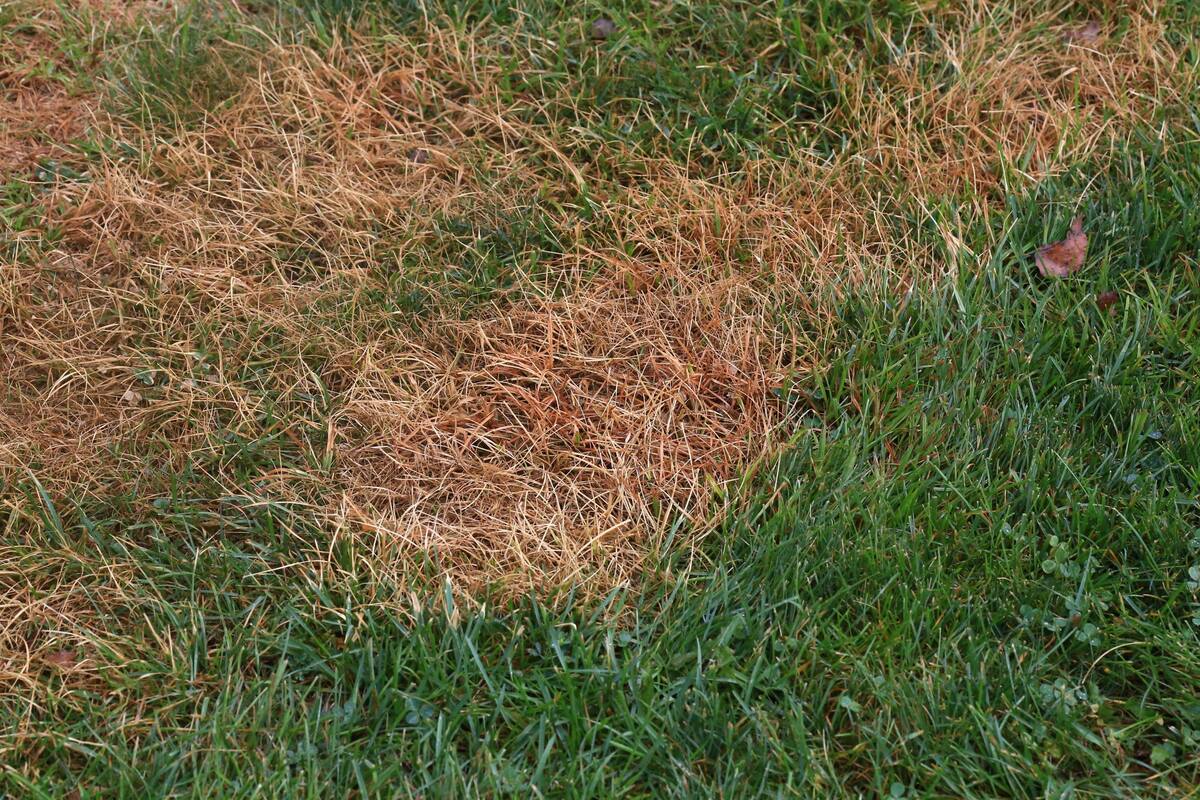
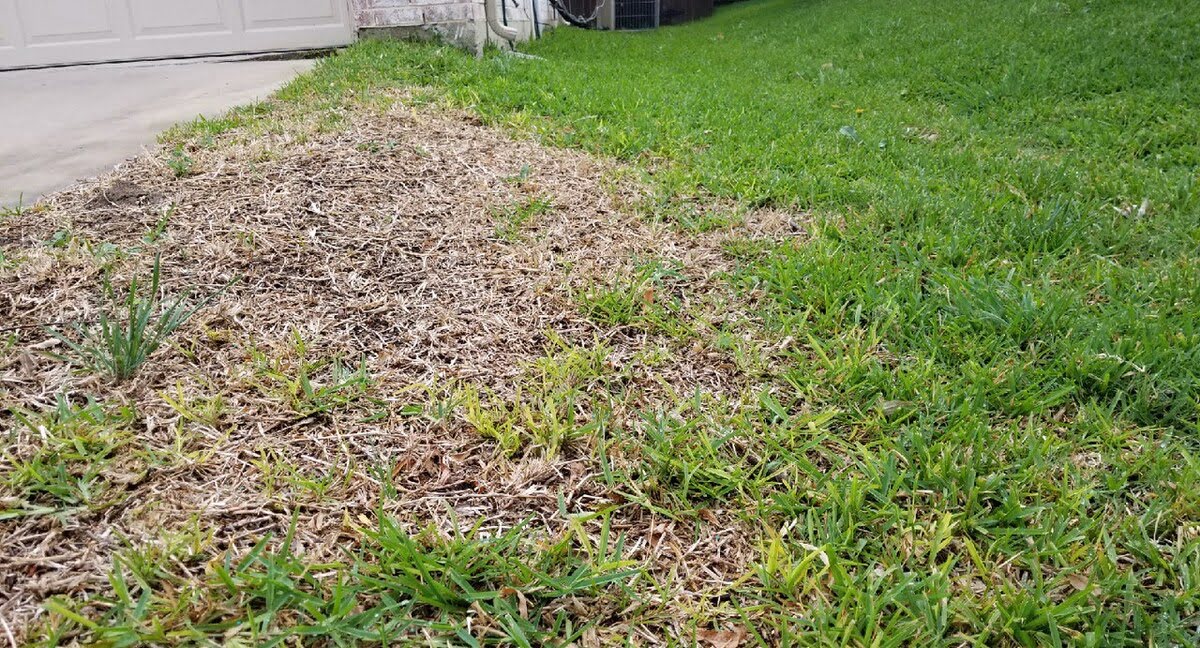
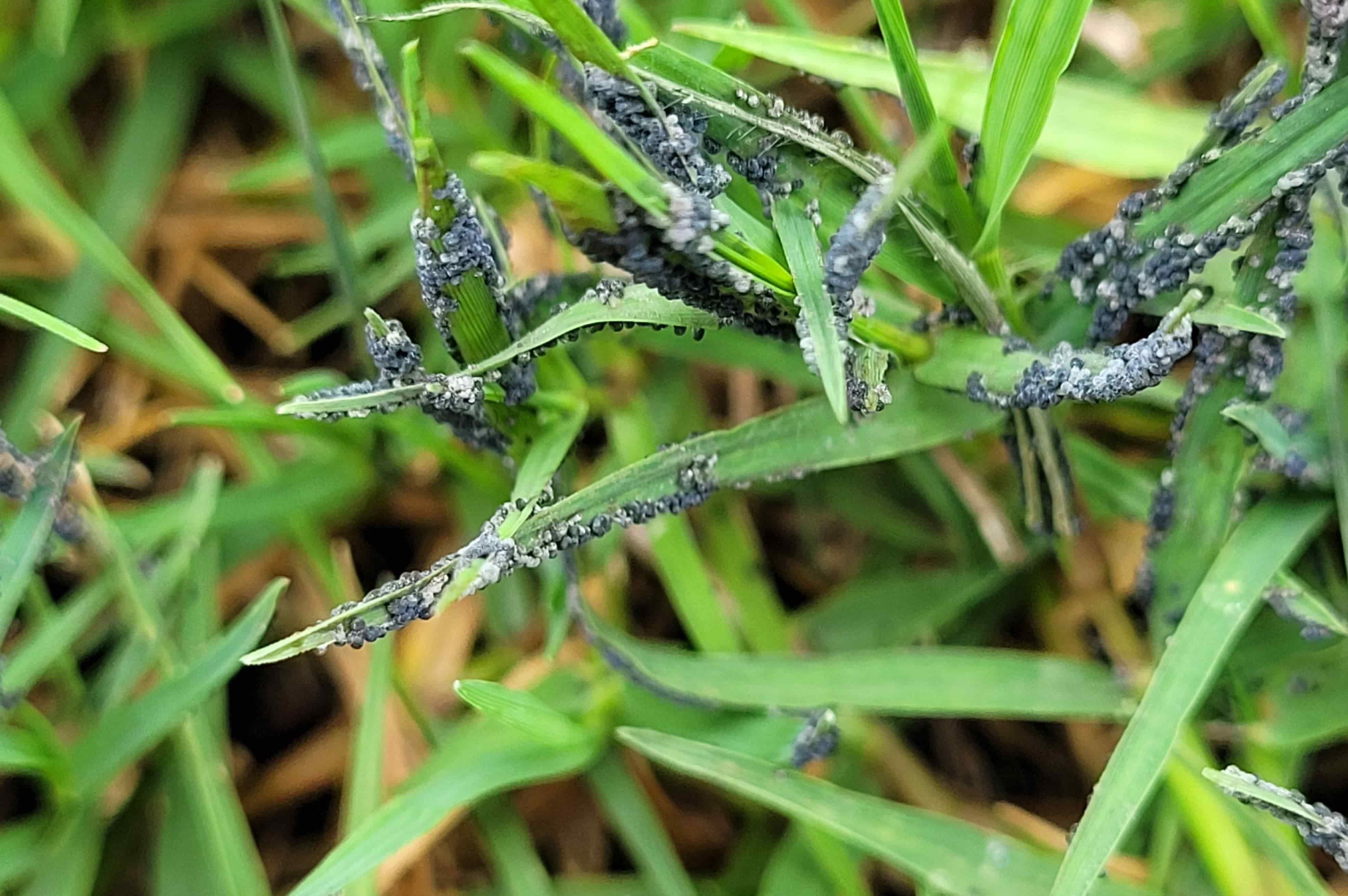
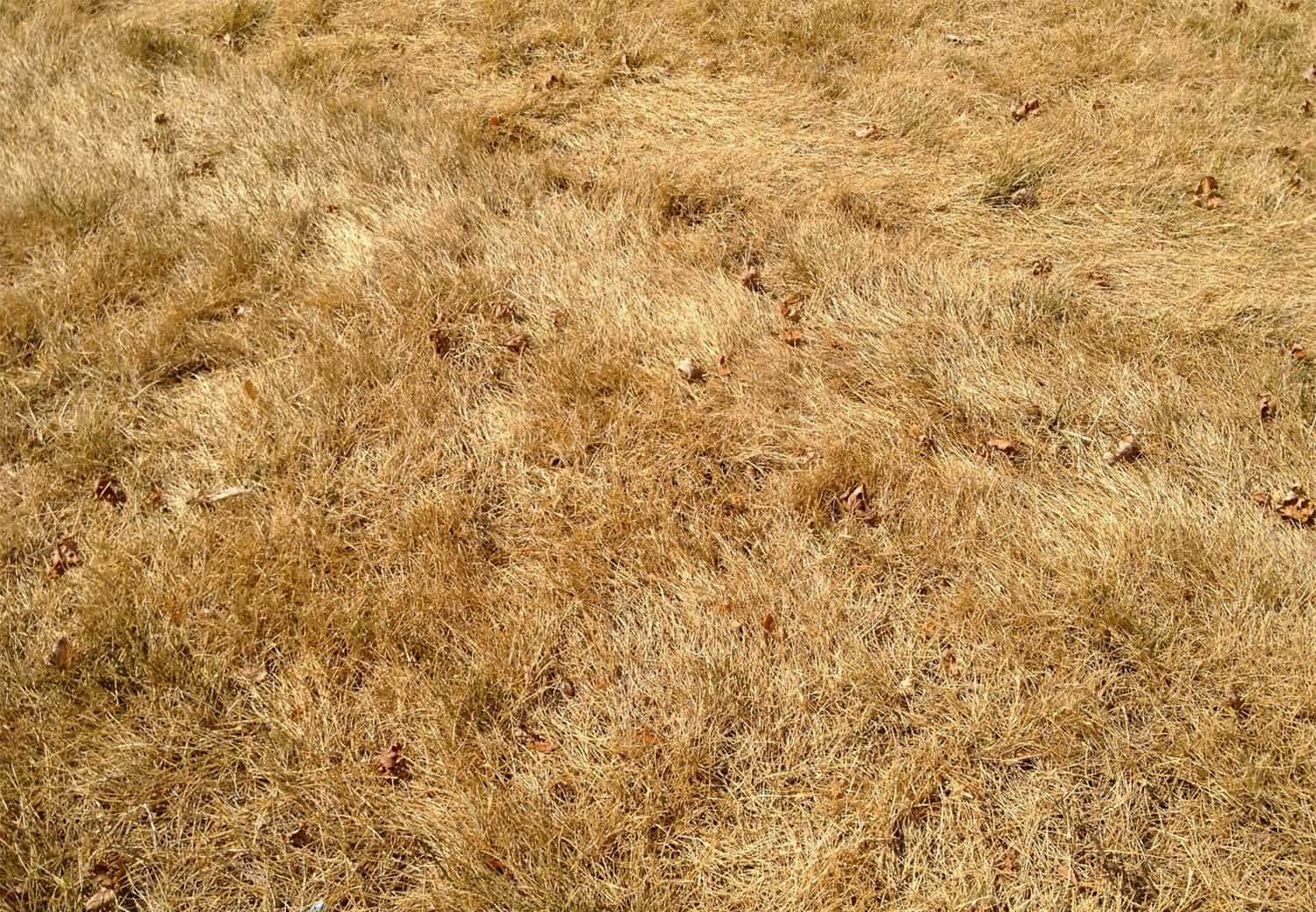
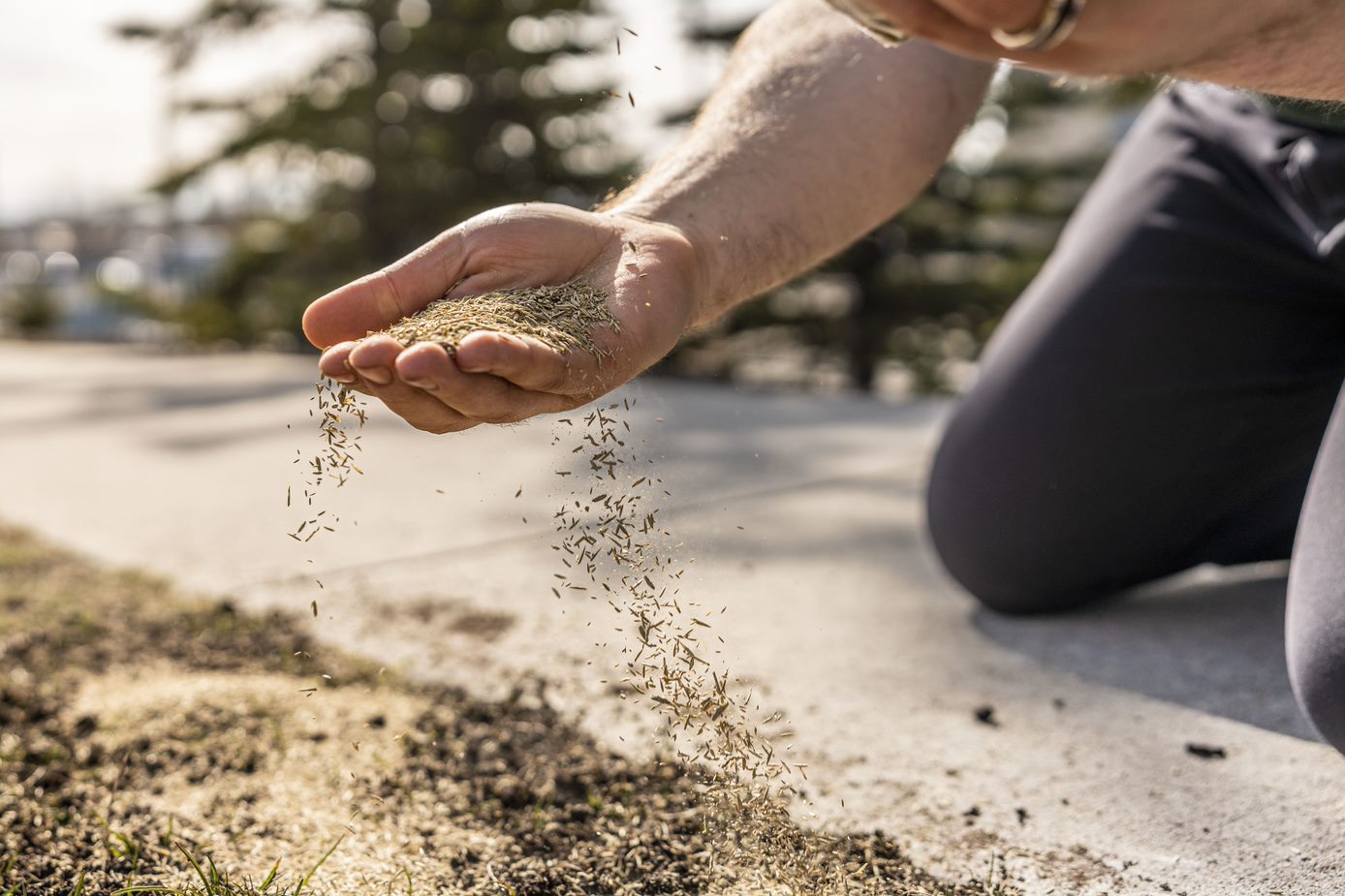
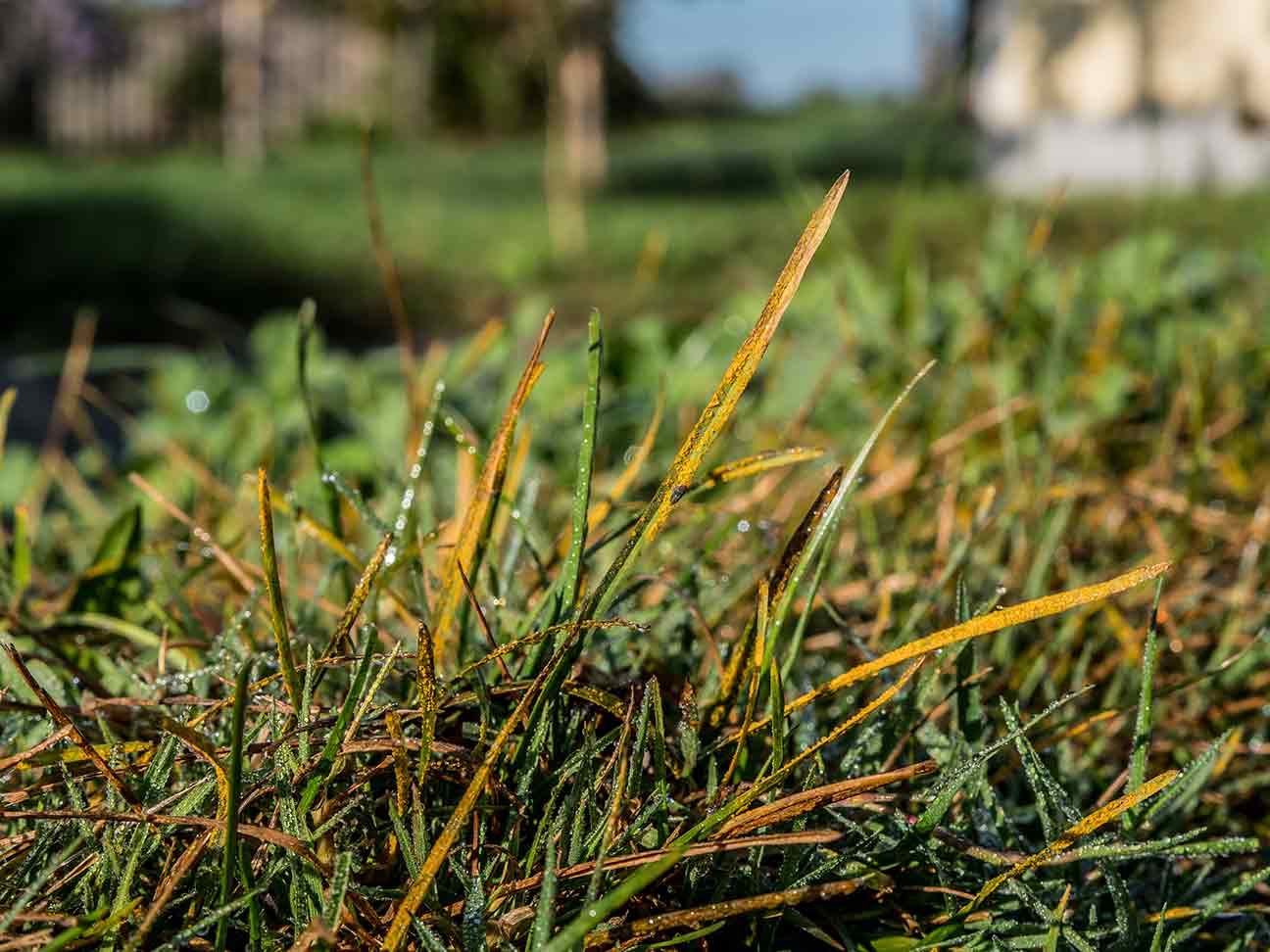
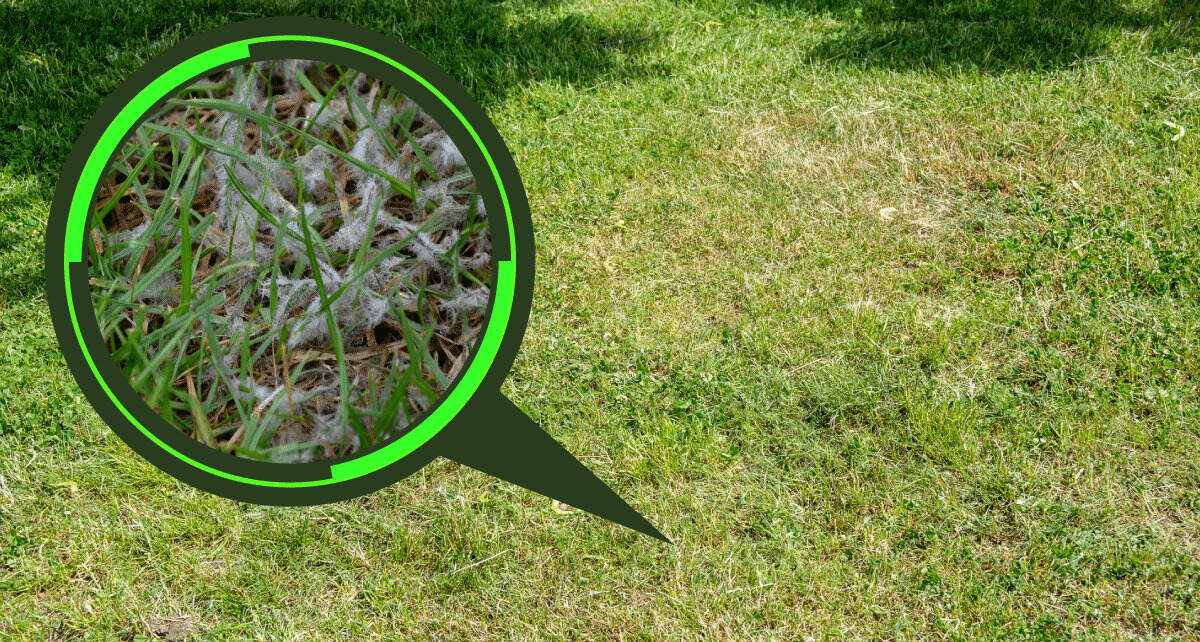
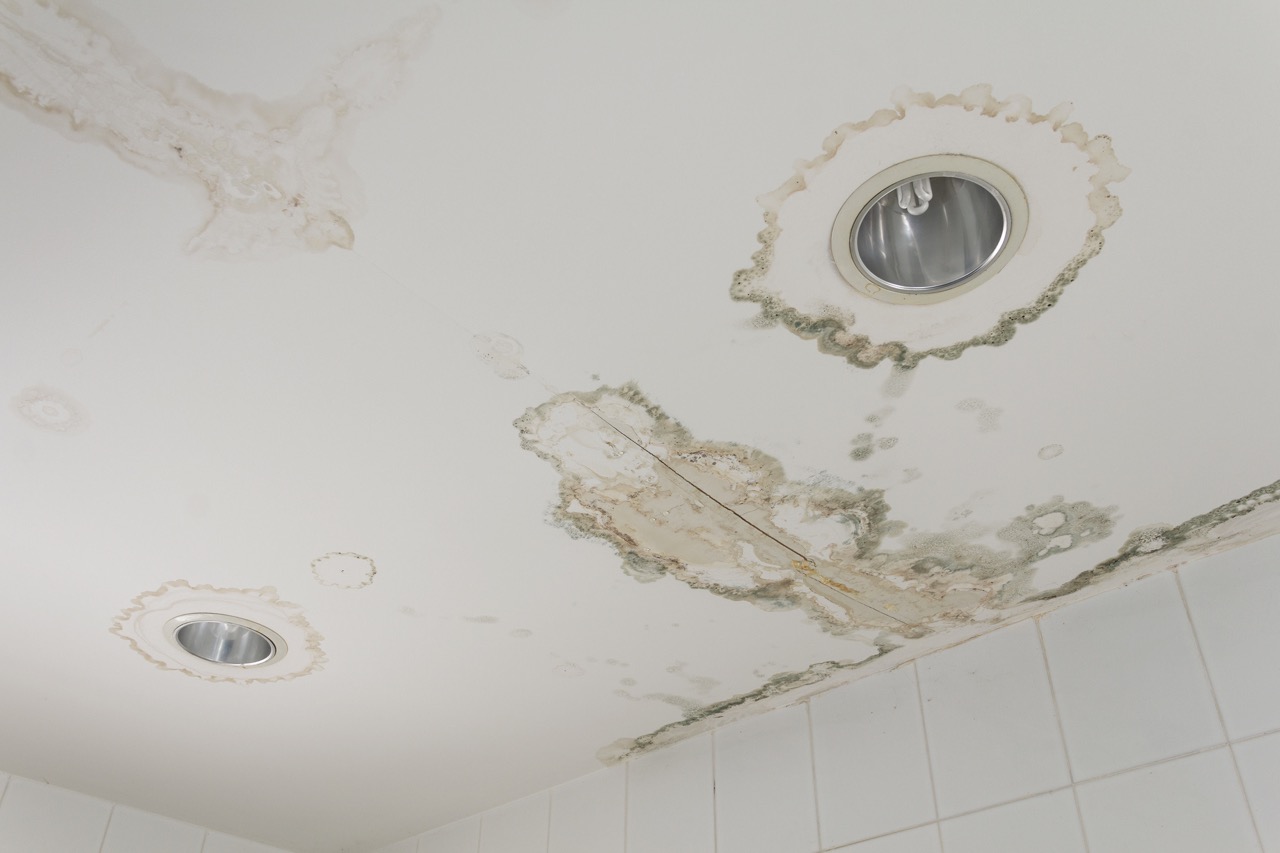
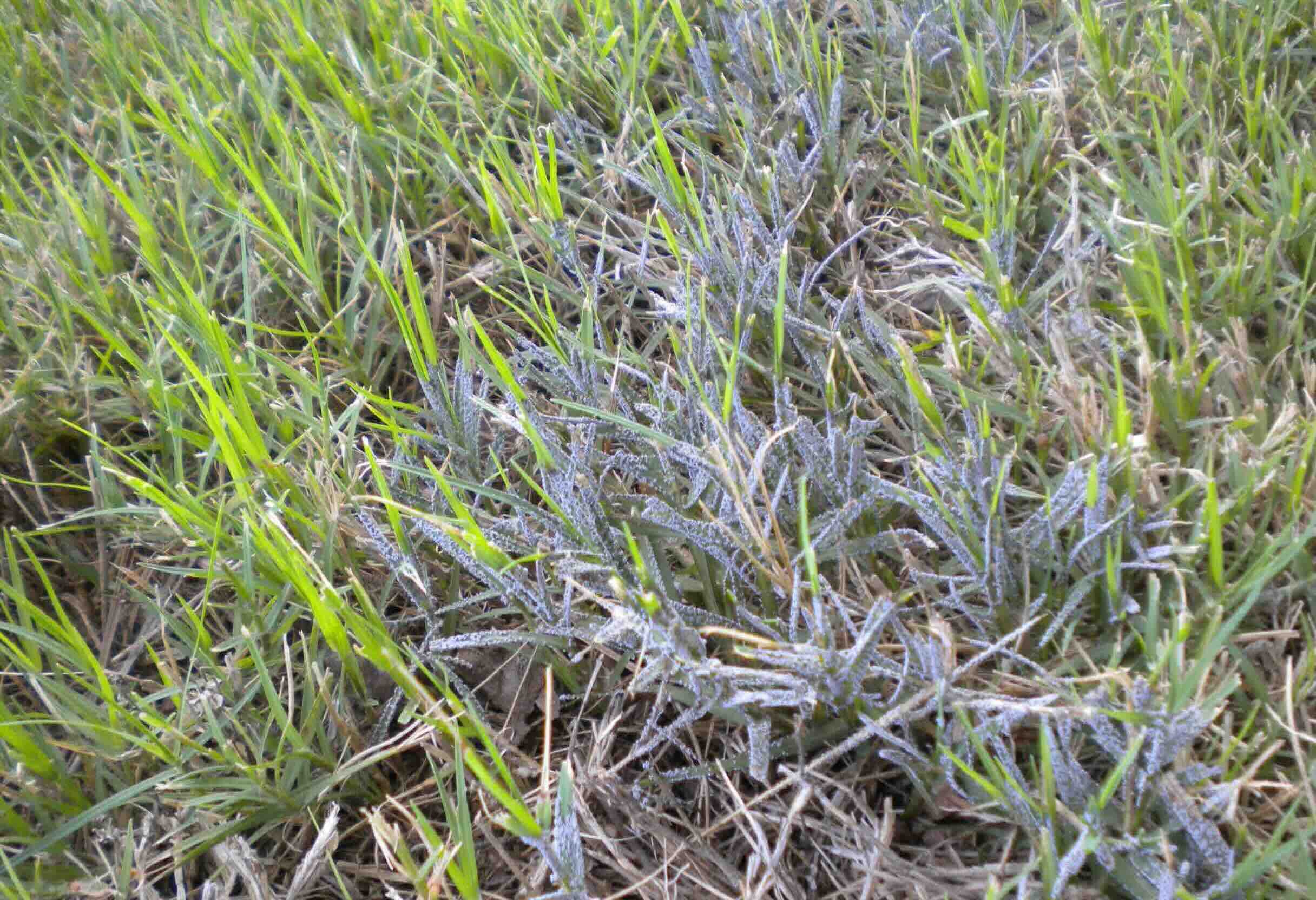
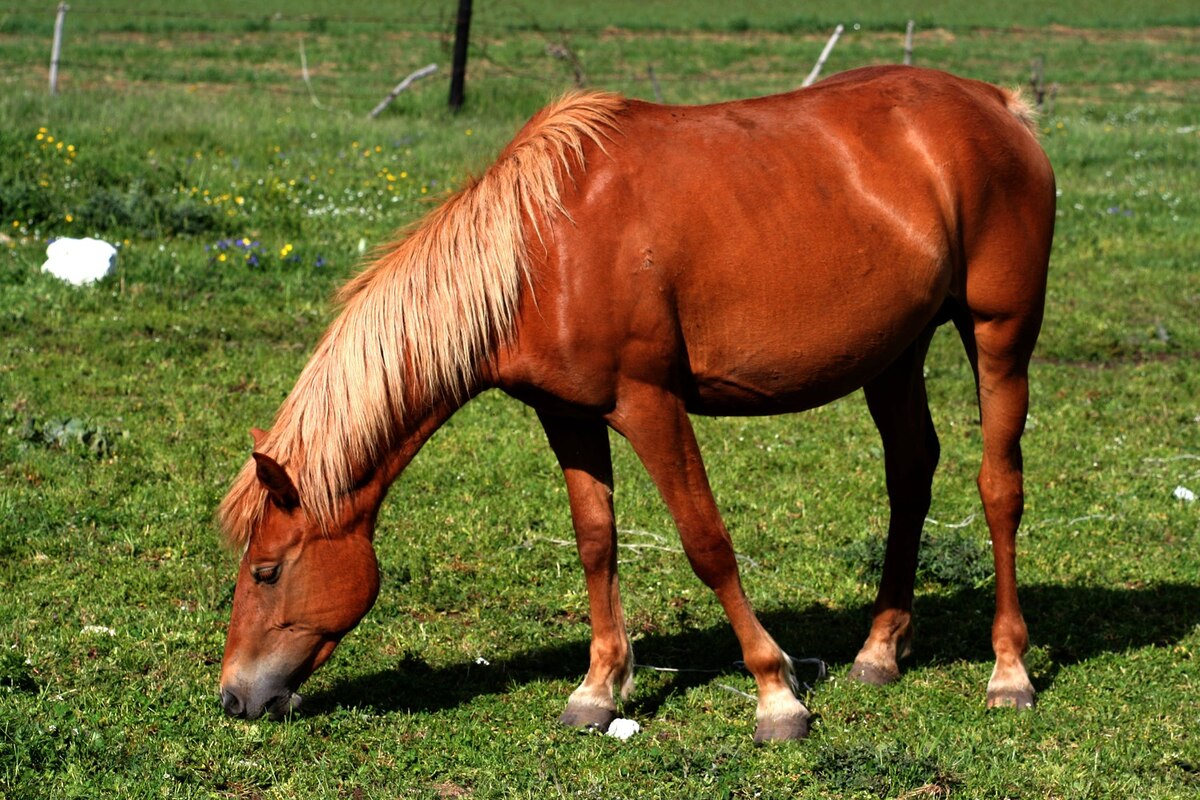
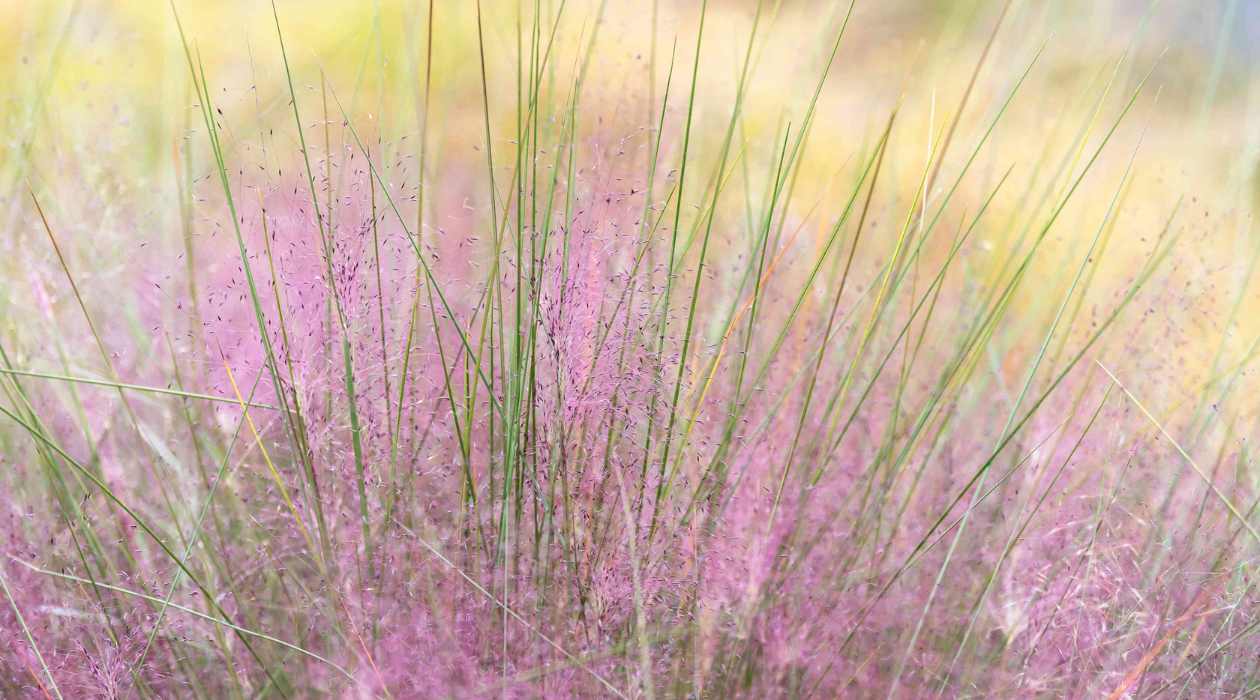

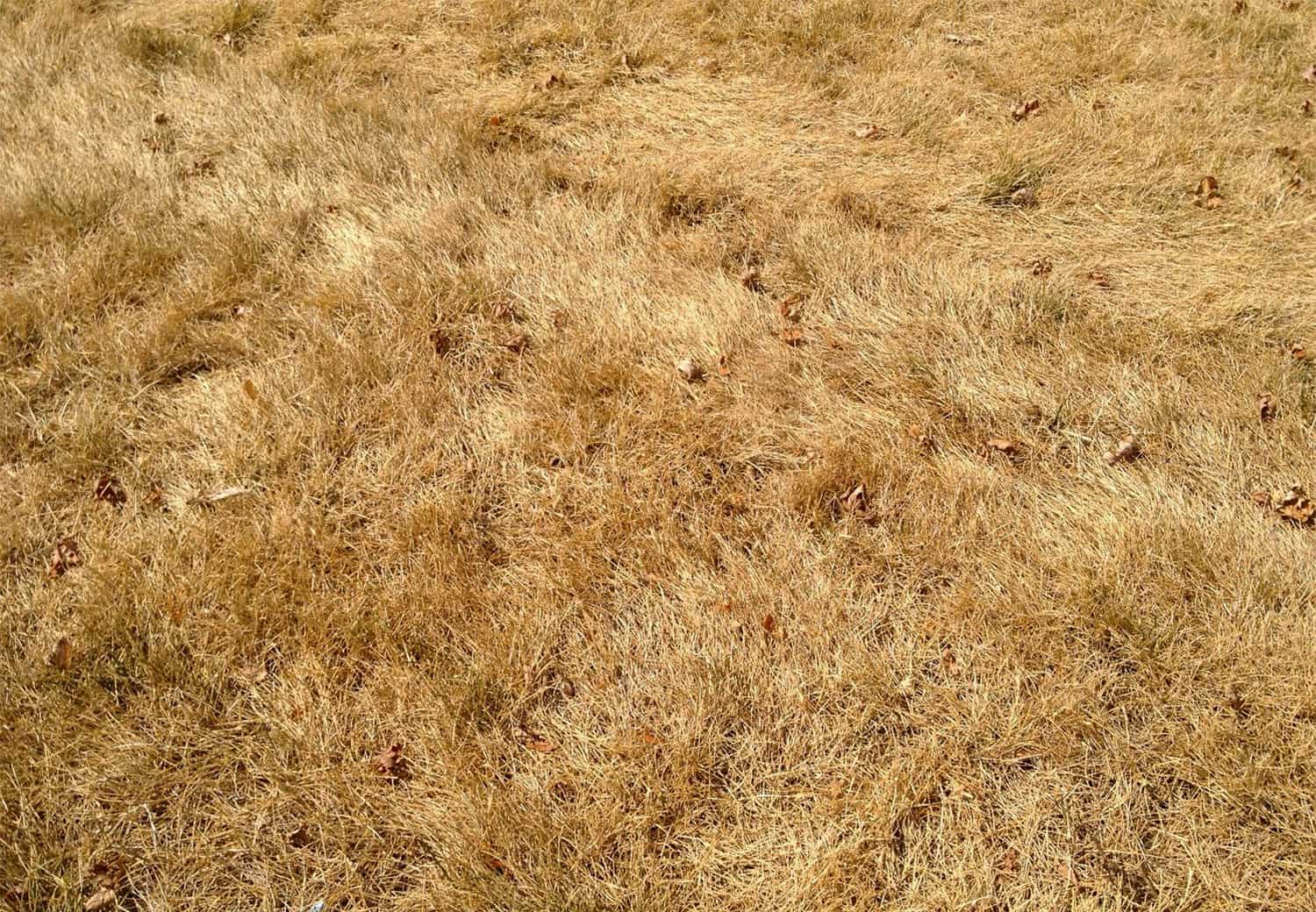
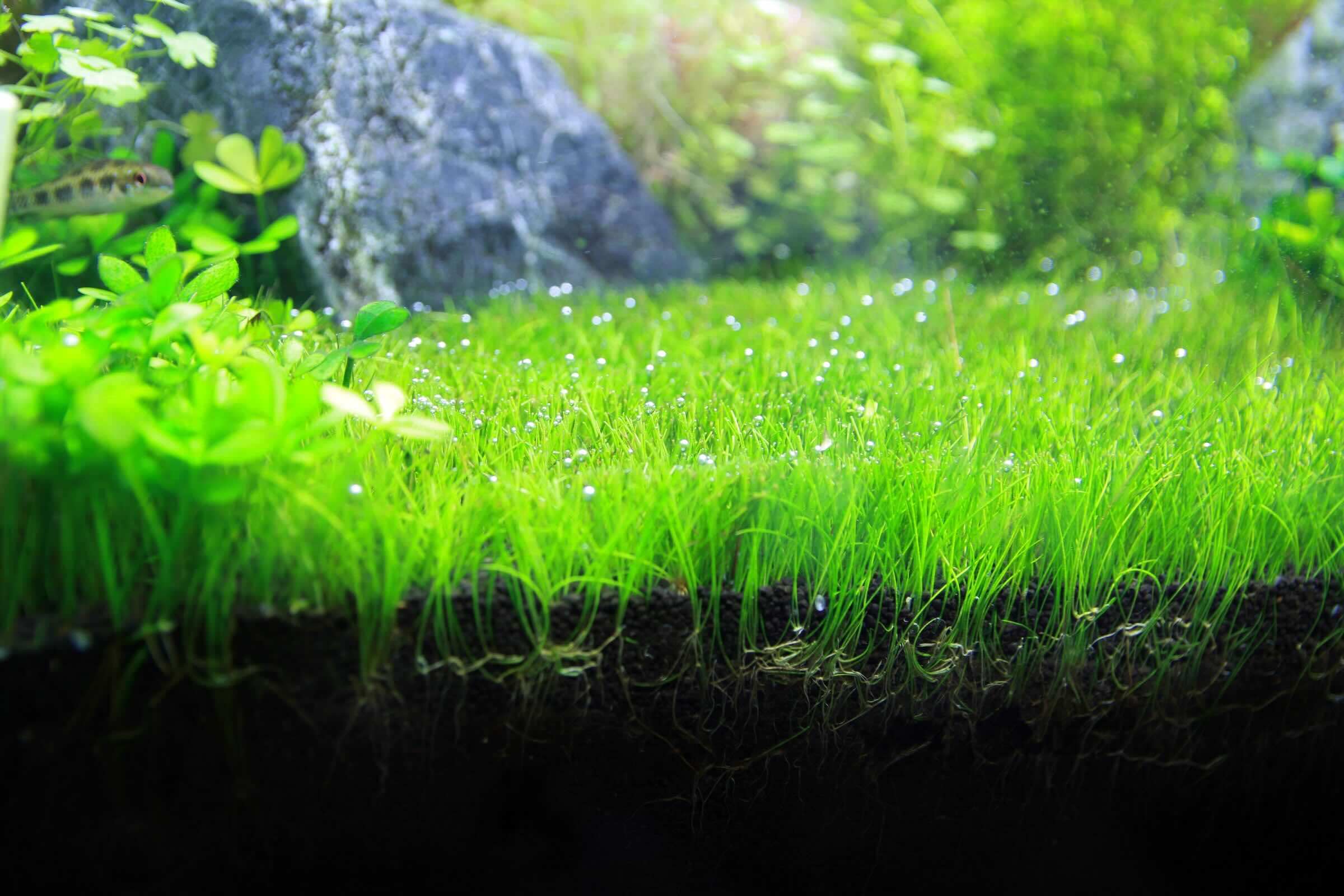

0 thoughts on “What Causes Brown Spots In My Grass”